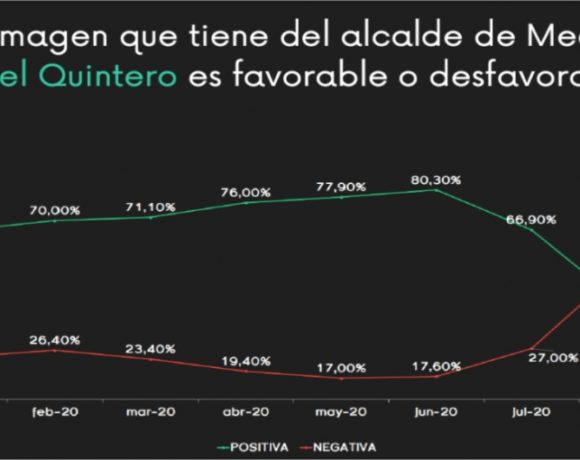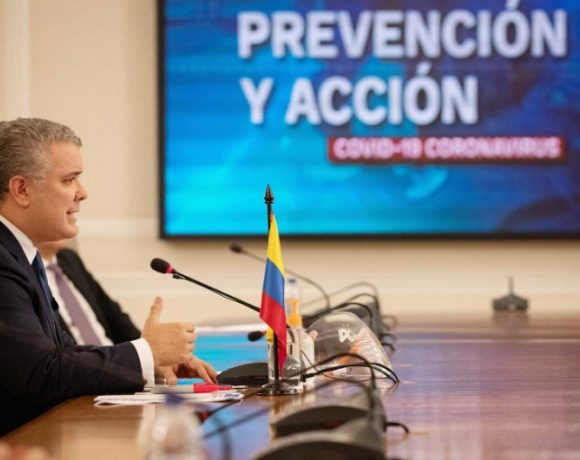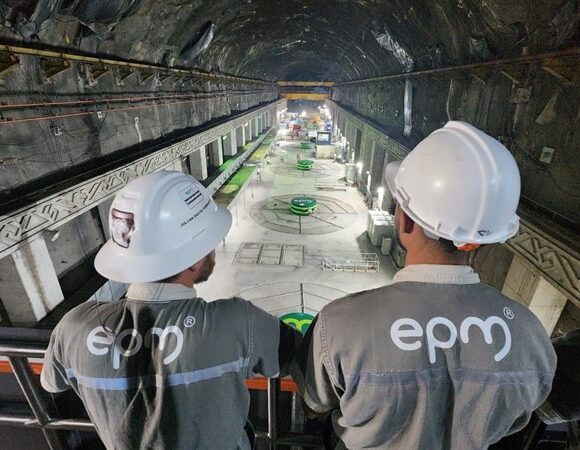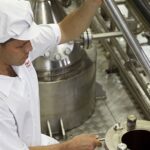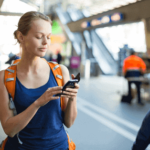To Save Hidroituango, Kill Medellin Mayor’s Scheme to Replace Contractors: Pöyry Study
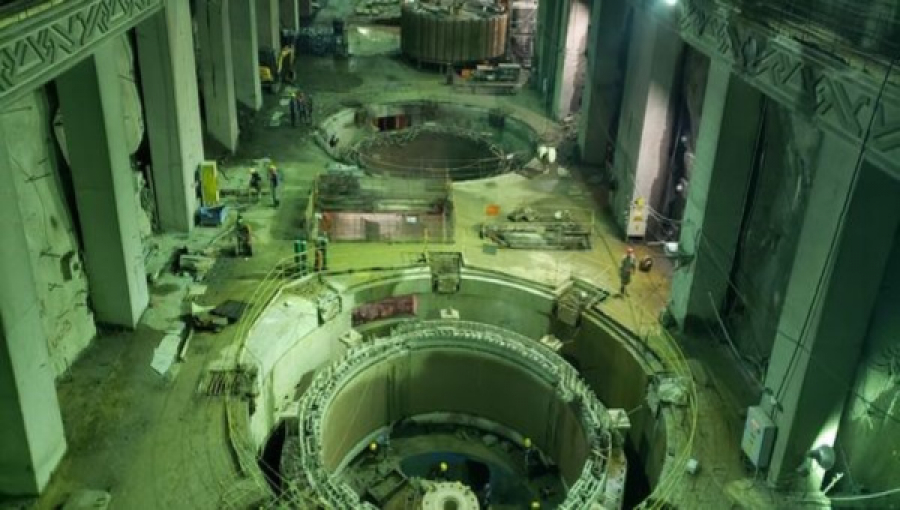
A stunning final report from Finland-based hydroelectric-project engineering consultant Pöyry finds that the current contractors building the US$5 billion Hidroituango hydroelectric project in Antioquia should continue to finish the project as quickly as possible, rather than be replaced.
Contractor continuation is the safest and fastest route to avoid a possibly catastrophic collapse of the dam, the report concludes.
The current situation — where 100% of Cauca River flow goes over Hidroituango’s engineered spillway rather than through still-under-construction power turbines — eventually could cause catastrophic erosion at the base of the dam, as years-long 100% spillway evacuation was never part of the engineering design, the report finds.
The Pöyry report — contracted by Hidroituango project manager EPM but until now kept secret – not only fails to support conspiracy narratives pushed by Medellin Mayor Daniel Quintero, who chairs EPM’s Board of Directors.
Instead, the Pöyry report –just unveiled by investigative journalists at IFM Noticias (see: https://ifmnoticias.com/aparecio-el-informe-poyry/) – completely contradicts Quintero’s frantic push to replace the current Hidroituango contractors with some new contractors, who (unlike the current contractors) presumably would become politically beholden to Quintero.
The 427-page report not only reveals details of undiscovered, dangerous geological faults in and around the Hidroituango project – faults that unfortunately triggered an enormously costly 2018 collapse of a crucial diversion tunnel – but also recommends crucial measures to avoid a potentially catastrophic dam collapse.
According to the report, any change of the current project consultants and main contractors would cause a “delay in the definition of mitigation measures and in the execution of stabilization works.
“Changing the main actors in this project should be avoided. It would mean significant delays — minimum one year — and reduce the traceability in the recovery of the project. In addition, it will increase the overall cost of the project,” the Pöyry report finds.
“Hiring a new contractor for a project the size of Hidroituango will take several months just to define the terms and conditions. Even more so given that there are still parts of the project where it has not been possible to access or define the repair engineering.
“Considering additionally the history and background of the [2018 diversion-tunnel collapse] contingency, it will be a challenge to find a company or a consortium that accepts these conditions without limitations. All guarantees and global responsibility for the proper execution of the works will be lost.
“On the engineering side of the project, it should be estimated that a new consultant would take months to verify all the information provided and generated by the consultancy before it can develop new engineering with solutions for the completion of the project,” the report adds.
“From the point of view of the project and the main interest in advancing as quickly as possible in starting up the first generation units, a change of the main contractor and the consultancy is not recommended and puts at risk the progress of the works currently accumulated. Additionally, there will be a risk that there will be no immediate attention to emergencies on the ground once the current contractor is demobilized.
“Mitigating this risk requires, above all, the following measures:
“Maintain the level of the reservoir at a maximum level of 408 meters above sea level, in order to:
“(i) Allow time to inspect, frequently enough, the landfill along its length and carry out the necessary maintenance and repair work. During the inspection and execution of maintenance and repair work, the spillway gates will be closed, and a temporary increase in the level of the reservoir would be admissible.
“(ii) Improve the stability of the dam, duly considering that to date a hydraulic effect remains to be clarified that indicates the possible existence of a percolation path not captured by the geophysical exploration.
“(iii) Maintain a wide, free edge in case of tsunamis caused by landslides of the slopes along the reservoir or the right abutment of the dam.
“(iv) Increase the retention volume during flood peaks, at least until a sufficient number of generation units are available to contribute to flood evacuation.
“(v) Implement an intermediate discharge independent of the main intakes on the right bank with sufficient capacity to lower the reservoir level below 380 meters above sea level.
“Based on the analysis carried out by Pöyry, this report concludes that the only feasible and reliable way to ensure the total safety of the project works, thus avoiding major environmental and social disasters in the short, medium and long term, is to complete and operate the project safely, as soon as possible,” the report concludes.

